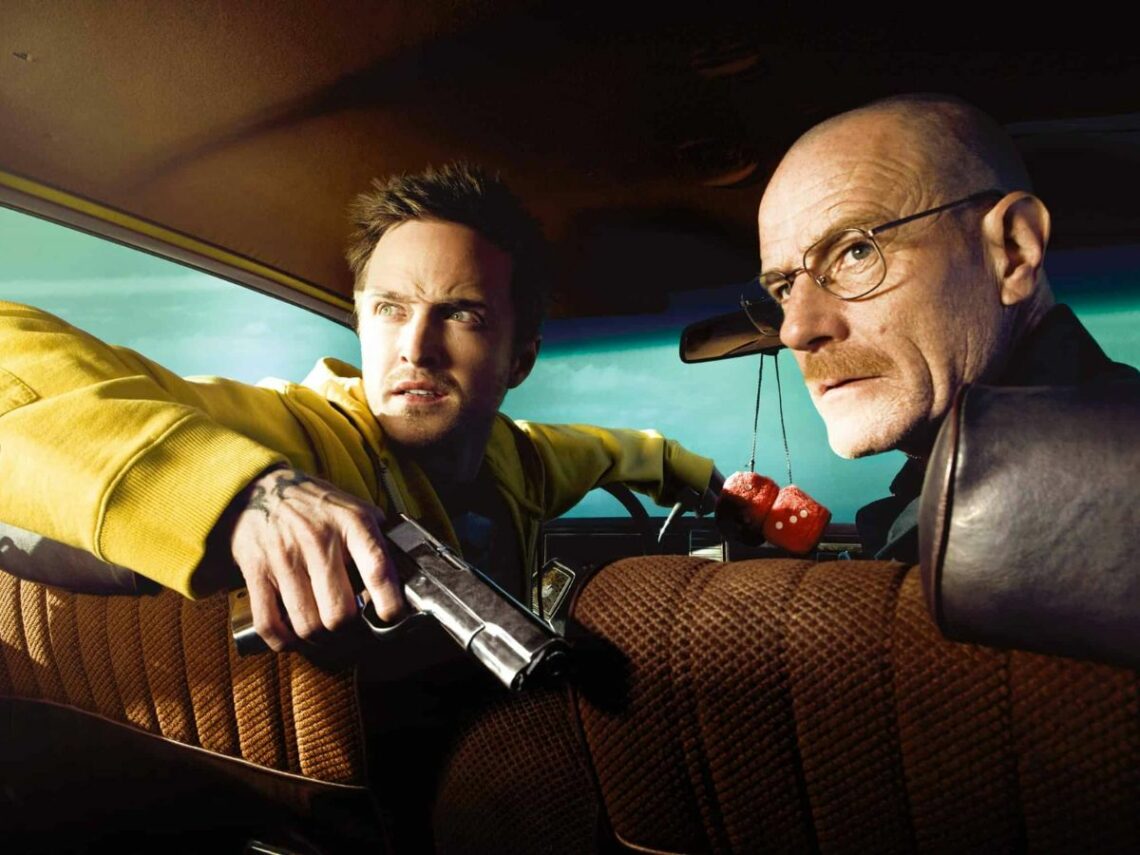
The “eureka” moment that made Vince Gilligan create ‘Breaking Bad’
Though there have been so many brilliant TV moments throughout the 21st century, including those that have come in Squid Game and Stranger Things, it’s fair to say that in 2008, one of the best of all time arrived. It was the moment at which Vince Gilligan released Breaking Bad, a show that changed the medium of television forever.
The show saw Bryan Cranston play Walter White, a chemistry teacher diagnosed with stage-three lung cancer. In order to pay for his huge medical bills, he turns to producing and distributing a high-quality form of methamphetamine with a former student of his, Jesse Pinkman, played by Aaron Paul.
Breaking Bad absolutely blew the world away and across five seasons of genuine quality, fans and viewers of the show gazed upon Walter’s shocking transformation, from polite chemistry teacher to dangerous and feared criminal underworld boss, with some of the most memorable TV moments of all time arriving on screen in the process.
Creator Vince Gilligan spent many years working on The X-Files as a writer and became interested in writing a show in which the protagonist becomes the antagonist. At the centre of Breaking Bad’s brilliance is the character of Walter; as opposed to the plot, it’s the character transformation that makes the show so alluring.
“When the idea first struck, it intrigued me,” Gilligan had once said in an interview with Filmmaker. “I think in hindsight what struck me in one of those rare Eureka moments of inspiration was not a plot or a big idea; it was a character who I found very intriguing — the character I didn’t even have a name for, who became Walter White.”
Gilligan conceived of Walter as being an “inherently good man, a loving husband and father who strives to do the right thing”. However, the character should then completely change stride and throw themselves into a world of crime and become, in Gilligan’s words, “a bad guy”, which Walter inevitably did.
The iconic pieces of Breaking Bad, like cooking methamphetamine or using an RC as a cook lab, were not of original interest to Gilligan, it was rather the complete moral transformation that his main character would make. “What intrigued me was the possibility of telling a story where the protagonist, by force of will, decided to become bad and would eventually become the antagonist,” he said. “That idea of sand shifting beneath the character’s feet via a process that he put in motion.”
What Gilligan proceeded to do was to give Walter a motive for turning evil, to give him a cancer diagnosis and a family to support. The result was that television was given one of its best ever characters, though he was brilliantly played by Bryan Cranston, who was at that point, best known for playing Hal in Malcolm in the Middle.
There was certainly a “eureka” moment when it came to Gilligan creating Breaking Bad, though he admitted, “I’d love to say that it always works out that way. You start with a blank pad of paper and a pencil, your chin in your hand, saying, ‘OK, what interesting character can I write about today?’ The trouble is they don’t appear to you that often, unfortunately. But when they do, it’s a wonderful thing.” And a truly wonderful thing the series turned out to be.